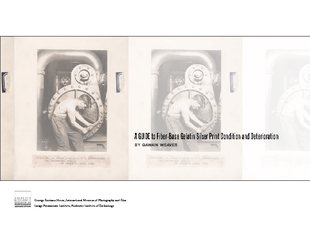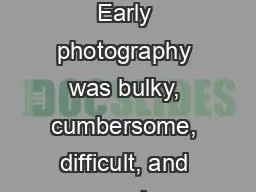PDF-George Eastman House, International Museum of Photography and Film ...
Author : cheryl-pisano | Published Date : 2015-07-27
Image Permanence Institute Rochester Institute of Technology to FiberBase Gelatin Silver Print Condition and eterioration BYGAWAINWEAVER CONTENTS Introduction
Presentation Embed Code
Download Presentation
Download Presentation The PPT/PDF document "George Eastman House, International Muse..." is the property of its rightful owner. Permission is granted to download and print the materials on this website for personal, non-commercial use only, and to display it on your personal computer provided you do not modify the materials and that you retain all copyright notices contained in the materials. By downloading content from our website, you accept the terms of this agreement.
George Eastman House, International Museum of Photography and Film ...: Transcript
Download Rules Of Document
"George Eastman House, International Museum of Photography and Film
..."The content belongs to its owner. You may download and print it for personal use, without modification, and keep all copyright notices. By downloading, you agree to these terms.
Related Documents














